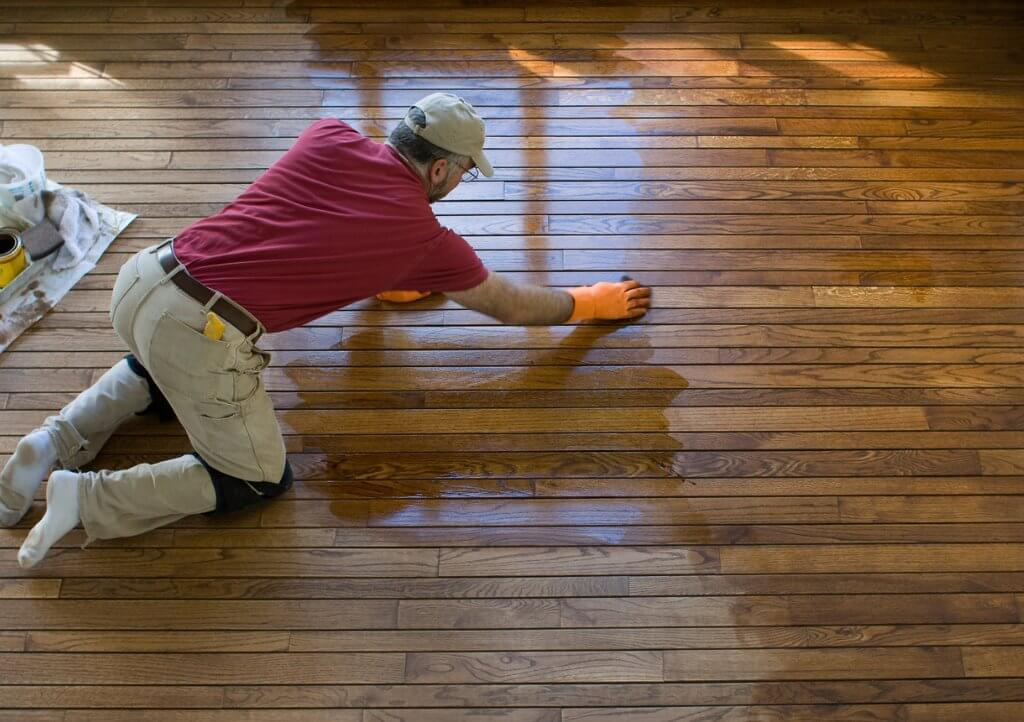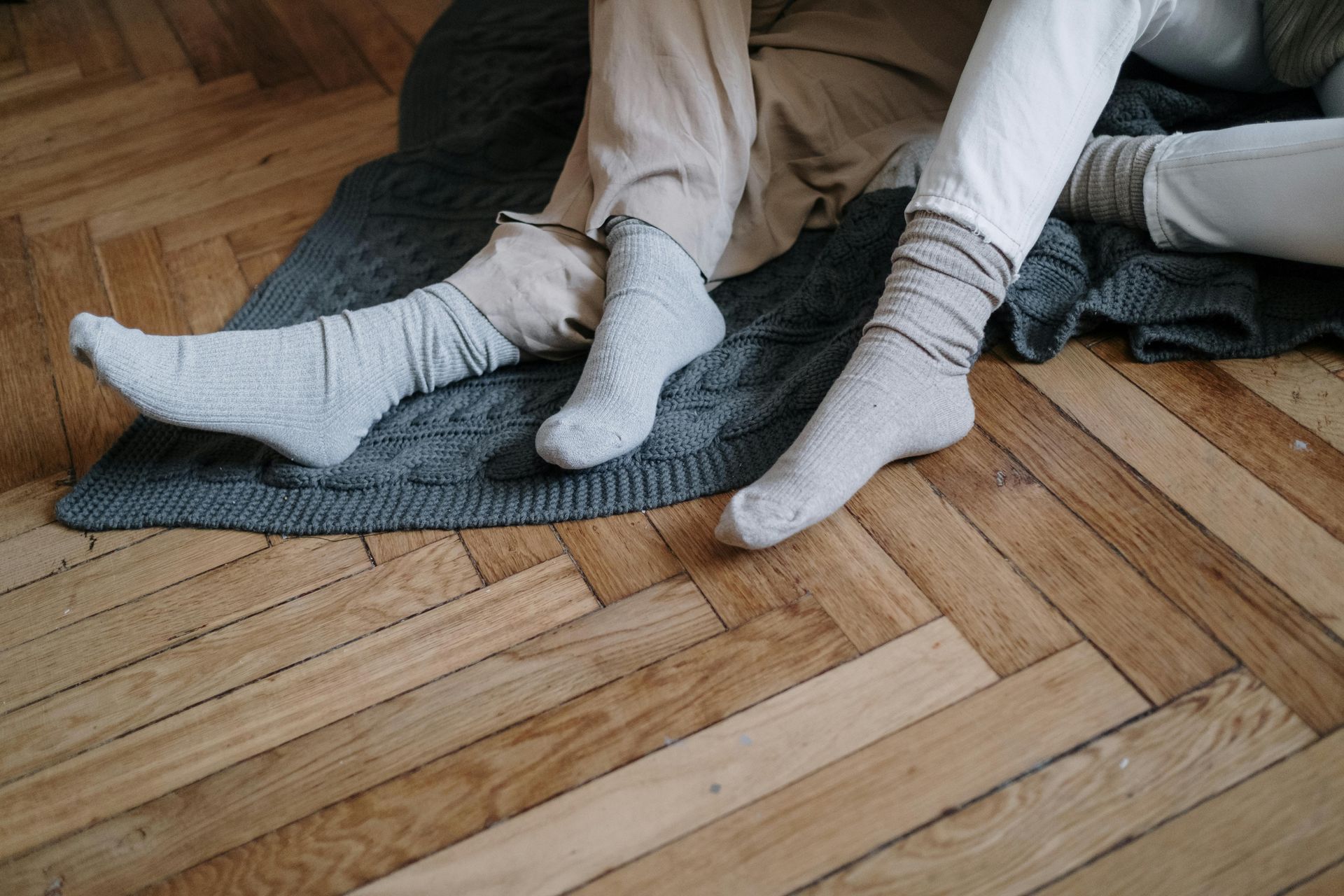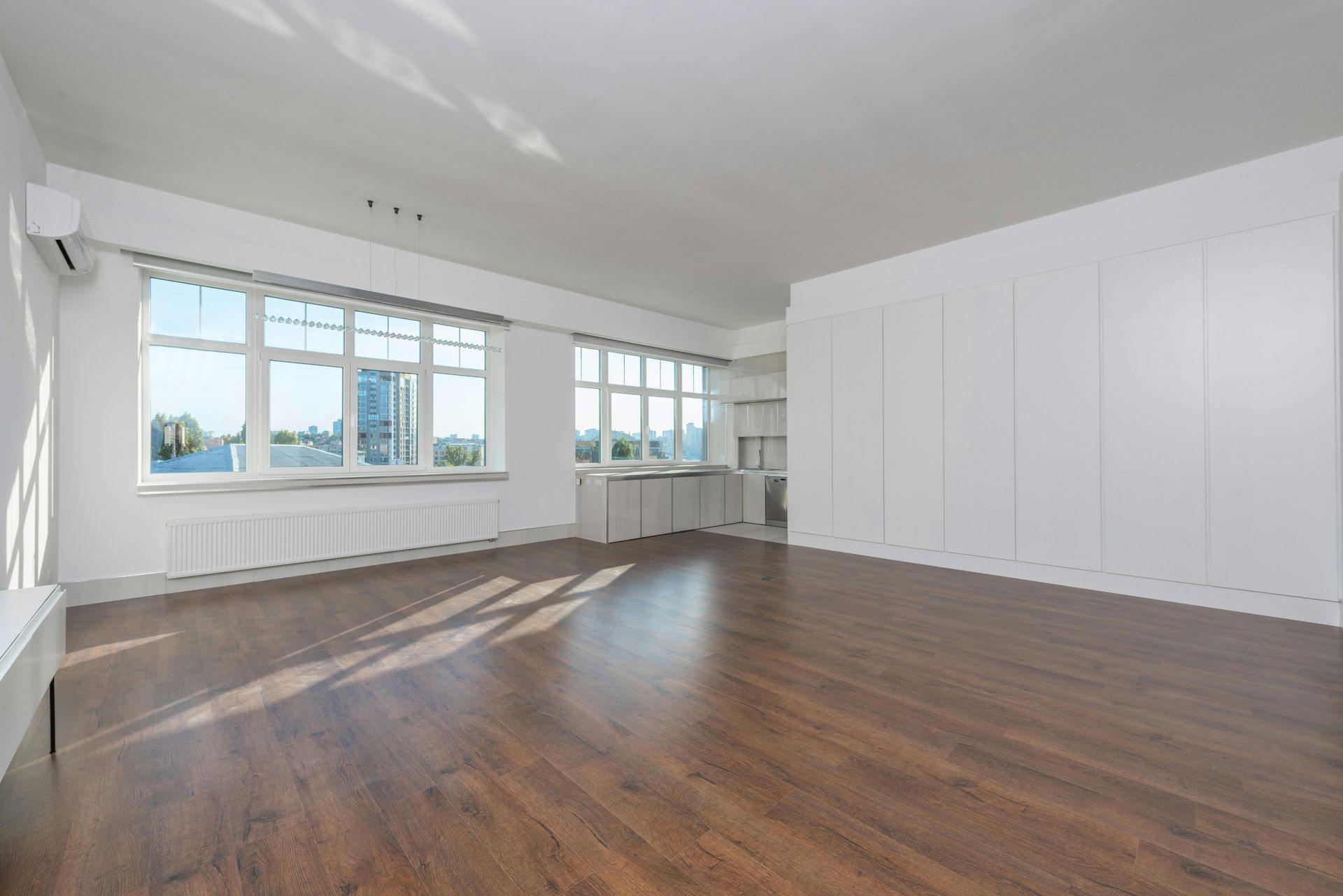Different Wood Flooring Sealants and Applications

Given the ever-growing popularity of hardwood floors, we now have a variety of wood flooring sealants. Timber floor sealants are durable finishes that protect the flooring, giving them a beautiful look and making them easy to clean and maintain.
1. Wooden Floor Lacquers
Lacquers are undeniably the most hard-wearing and durable wood sealants available today. Because of their superior durability, they require the least maintenance and care. They are ideal for houses with heavy foot traffic.
Unlike oils, lacquers do not seep into the wood but sit on the top and provide protection from the surface.
Lacquer sealants are available in different finishes: gloss, satin, and matte. After application, lacquer floor sealants tend to leave a bit of shine on the floors.
Key Takeaways:
● Extremely durable and long-lasting.
● Quick drying. It just takes an hour for lacquers to dry— hence subsequent coatings can be done quickly within a gap of 1 hour for up to 3 coats a day.
● You can walk on the floors after 2 hours of the last coating. You can also move in furniture after 12 hours.
2. Oils and Hardwax Oils
Oil and hard wax oil floor sealants are durable finishes that provide both surface protection and core protection as they penetrate deep inside the core. Though oiled finishes need more maintenance, they are still the best as they provide maximum protection to the hardwood floors.
Many homeowners love oil finishes for their appealing look. Oil sealants tend to leave a nice natural look by enhancing the grains and natural color of the wood. With oil finishes, damages like scratches and wear are also easy to repair and restore.
Oils and hardwood oils also come in matte, satin, and gloss finishes and look good on all types of hardwood floors.
Key Takeaways:
● Highly durable finish; protects each fiber of the wood.
● Slow drying. It takes 4 to 24 hours for hard wax oil finishes to dry, but on the bright side, they only require two coats to seal and restore timber floors.
● Easy to repair scratches and scuffs.
● You can walk on the floors after 24 hours.
3. Polyurethanes
Polyurethanes are the most popular wood floor sealant in the market today as they are exceptionally durable and long-lasting. They are available in two variants: water-based and oil-based polyurethanes.
Water-based polyurethanes are clear finishes that contain lesser VOCs and dry faster than their oil-based counterparts. On the other hand, oil-based polyurethanes offer rich color and superior protection than water-based. Both variants are available in matte, satin, semi-gloss, and high-gloss finishes.
Key Takeaways:
● Highly durable.
● Drying time: Water-based polyurethanes take 4 to 8 hours, while oil-based polyurethanes take 12 to 24 hours or more.
● Water-based polyurethanes are more expensive than water-based ones.
● Oil-based polyurethanes are ideal for high-traffic areas.
Wood Flooring Sealants and Applications
When it comes to applying wood floor sealants, natural light is preferred for a superior finish. Humidity, temperature, and ventilation are other factors that affect the drying time and the final look of the flooring.
Contact our team at Floor For Less for more information on wood floor sealants.







